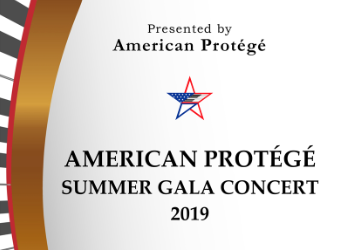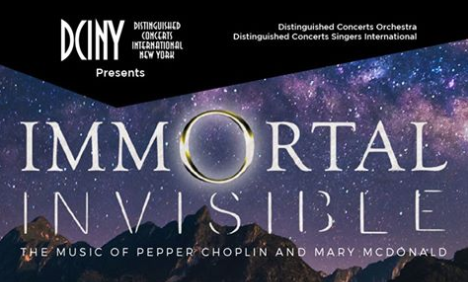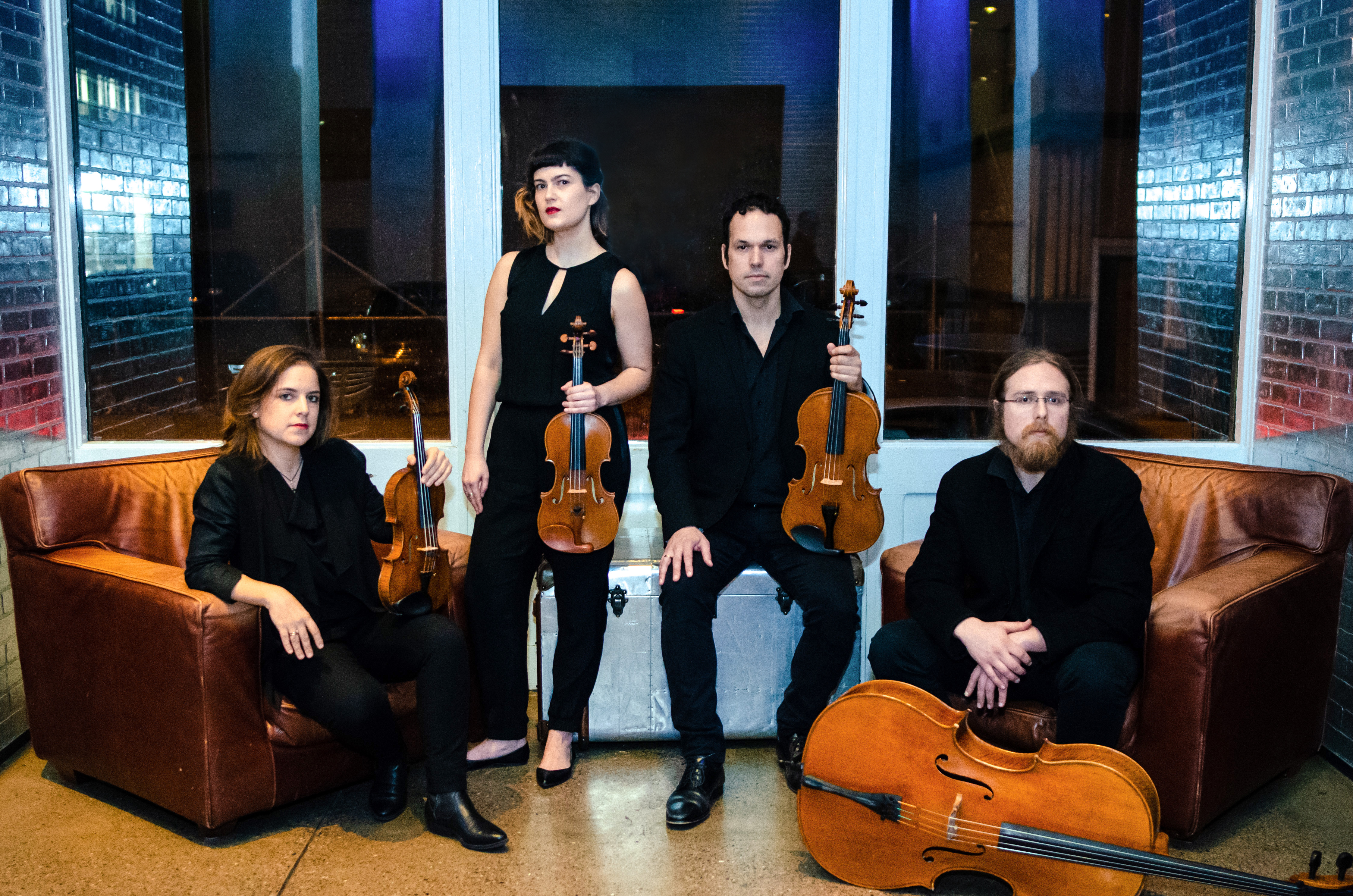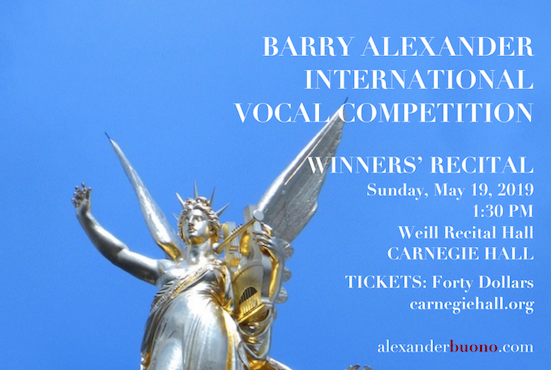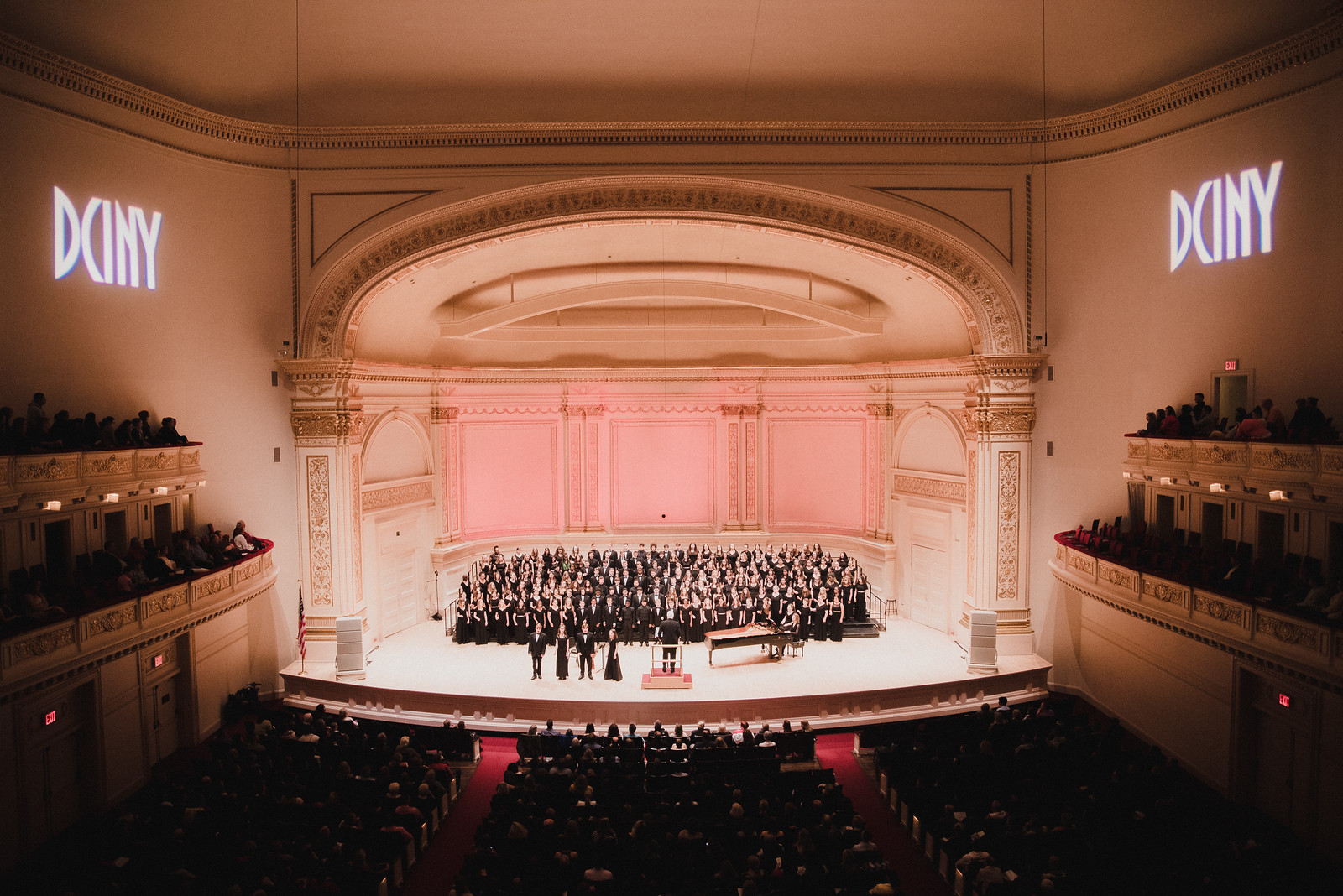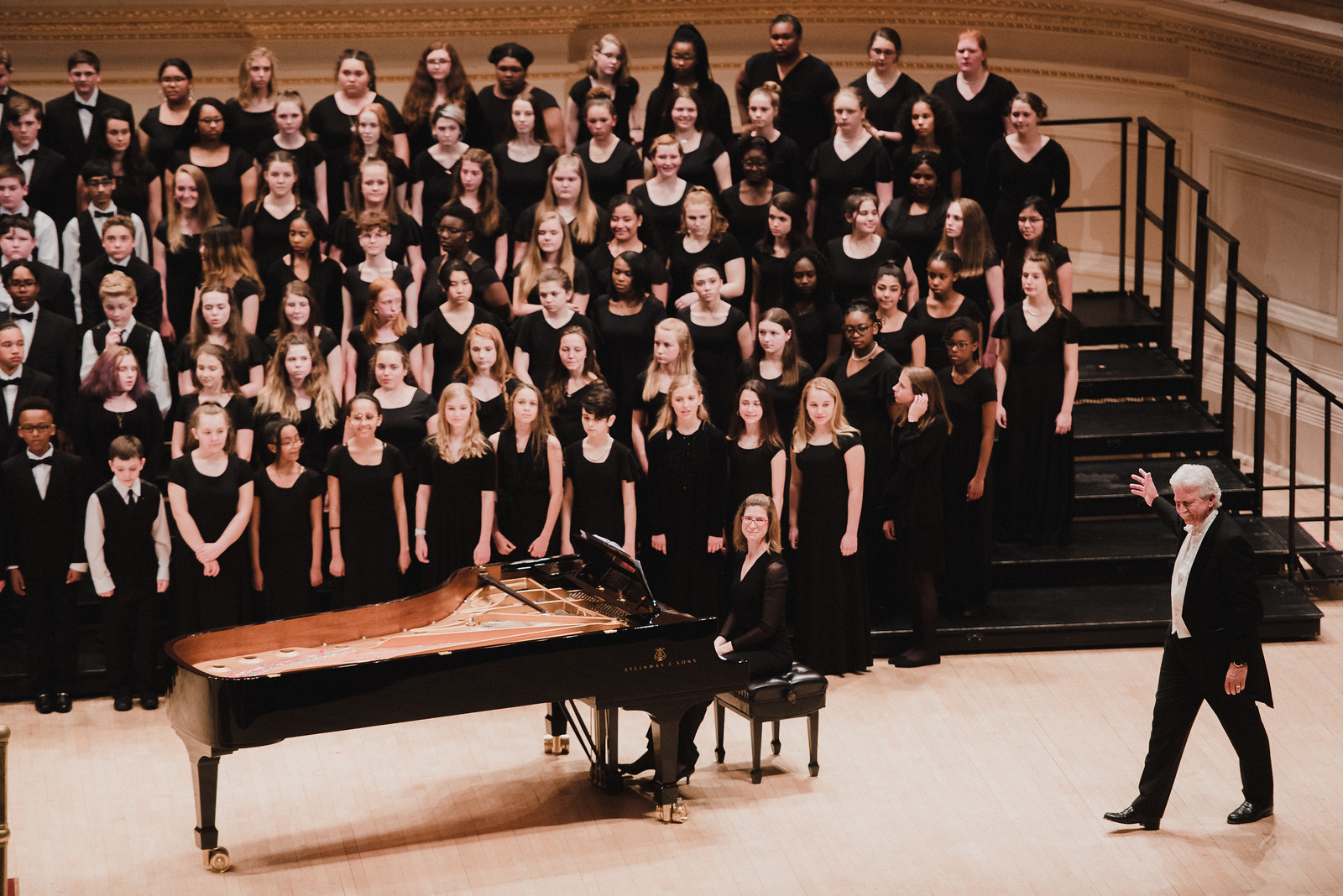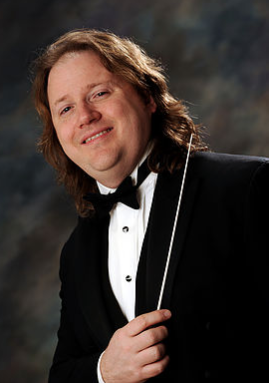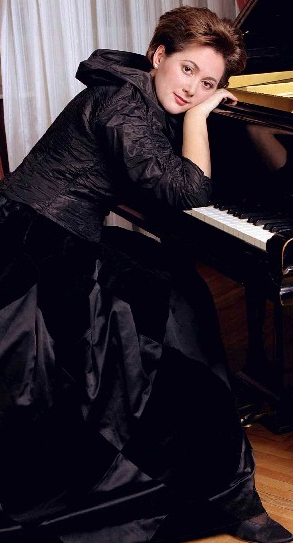Winners of the American Protégé Summer Gala Concert Competition
Steven Ionov, Master of Ceremonies
Isaac Stern Auditorium at Carnegie Hall, New York, NY
June 8, 2019
The American Protégé Music Competitions are in their twelfth year presenting aspiring musicians in prominent venues in New York, and, based on their recent Summer Gala Concerts, they appear to be attracting many talented young performers. This Saturday they actually presented two Carnegie concerts, one at noon and one in the evening, the earlier one covered by this reviewer. To say that such ventures have become a big business is an understatement, and though artistic merit is always debatable, it is certainly an achievement simply to undertake two such events in one day at one of the most prestigious venues in the world. For many of those presented, it was undoubtedly a great milestone, complete with bragging rights galore.
Rather than opting for, say, the smaller Weill Recital Hall at Carnegie Hall (which might have accommodated their crowd), American Protégé opted for the larger hall, Isaac Stern Auditorium, and had no fewer than forty young performers taking turns onstage. A similar number appeared at the evening concert. The performers came from throughout the US, along with Canada, Thailand, Singapore, and other countries. They ranged from very young elementary schoolers through high schoolers, with styles ranging from classical to pop. There were predominantly classical performances from the first eighteen (mostly pianists, playing music from Bach and Beethoven to the twentieth century, and a few on violin, flute, and voice), while the latter twenty-two winners were singers performing a mix of mostly Broadway (including Stephen Schwartz, Andrew Lloyd Webber, Claude-Michel Schönberg) and “popular” styles (including Adele, Ariana Grande, Taylor Swift, Alicia Keys, David Guetta, and Billie Eilish). It was an eclectic concert to say the least.
“Instant stardom” is a popular notion these days, advanced by such television shows as America’s Got Talent, American Idol, and various similar programs, and the “instant” aspect was in evidence through much of the popular segments, with selfie-ready teen and tween singers in high gloss, “channeling” the delivery of famous singers, helped by amplification and Karaoke-style pre-recorded tracks. All that was missing was Auto-Tune.
We heard a shockingly precocious performance of Kelly Clarkson’s Dark Side from a fresh-faced ten-year old, and a similarly gritty rendition of Adele’s Rolling in the Deep from another cherubic youngster. One must concede that emotional depth can span all age groups, and mature experiences are thrust on the youngest children quite early these days, but one did wonder – what is the huge hurry? Not to be misunderstood, as there were some compelling performances (in and amongst some cringe-worthy straining and iffy intonation), but wouldn’t it be better for these youngsters to find their own styles and identities in music over time rather than rushing into quasi-impersonation? One also worries in many cases for these fragile young vocal chords, straining to do what has hurt the voices of even their established idols. One singer, Isabelle Wong from Canada, stood out for a moving song that she composed as well as sang, All I Can Do, which showed the beginnings of an individual style. Also, outstanding for naturalness of expression and musicality were Christiana Schiller, Kayla Silverman, Yana Ebbing, and Nijjaree Dusitsoonthornkul. Others were quite promising and with time may know artistic and/or commercial success.
Classical instrumentalists – and pianists in particular – are on the opposite end of the spectrum from pop singers, development-wise, and they are generally not subject to (or even capable of) quite such accelerated ripening, though the technical requirements for a serious career in classical music do tend to require the diligent practice of an instrument while young. The emphasis with classical pianists is also not quite as much on looks and presentation (as there is only so much one can do to glamorize a seated profile). Though the parade of adorable young pianists on Saturday was a visual bouquet, one asks oneself which ones seem best suited to reach the highest pianistic and artistic standards. Beyond the basic physical training of muscles and reflexes, there are elements of melodic phrasing, harmony, rhythm, style, awareness of historical context, and human experience that all contribute to the interpretive art. These aspects require many years of playing and living.
Many “stage parents” understandably want to see their investment of time, energy and funds bear fruit immediately – hence the plethora of prodigies pushed towards the public today – but enormous patience and discipline are involved in the mastery of music, if it is to be an art rather than a mere stunt (or worse, a cause for years of therapy later on). While all of the young pianists in the American Protégé noon concert were indeed admirably prepared, they would in most cases be hard to place above those heard quite often in any number of local competitions (New York City’s special meaning of “local” notwithstanding); nevertheless, in the spirit of Domenico Scarlatti’s writing, “to be more human than critical,” a few performances shall be mentioned here.
Among the youngest players – perhaps the youngest- was Koutaro Ohnishi. Born in 2011 in Palo Alto, CA, he is still, at the current moment (at the time of writing – since the chronology matters in the prodigy world) just age seven. One is told by the program notes’ biography that he is the first-prize winner of the “Grand Prize Virtuoso” in Salzburg, Austria in 2018, and that contest’s website confirms his inclusion that year (among a large array of winners ranging from ages 4 to 51: 2018 “Salzburg” Grand Prize Virtuoso selected winners). Since young Mr. Ohnishi was age six in 2018, it is additionally remarkable that (as we are told) he had only just started piano at age six as well, when a friend of his father’s gave his family an upright piano… so he certainly has made remarkably rapid progress to have advanced from starting the basics to performing in a contest before a year was up! Many would say that all of this happened too fast for true, meaningful growth, but then again, he did play with all the right notes and a certain stately calm, so time will tell.
Mr. Ohnishi performed the Aria from Bach’s monumental Goldberg Variations. It was an unusual choice, with all the Kleine Praeludien, dances from Suites and Partitas, and Inventions available (and age-appropriate), and to extract a portion of such an iconic work might be called cheeky, but perhaps this choice was an intentional reference to the bigger possibilities to come. After all, if a youngster can play the Aria from the Goldberg Variations at Carnegie Hall at age seven, what might he do in ten years? As it stands now, he shows remarkable poise for one so young and, aside from some metric glitches caused by some ornaments that were cumbersome to him (especially in the left hand), he fared admirably. This reviewer loves freedom in ornamentation, but not when verging on extra beats.
Young Mr. Ohnishi studies with Matt Wang at the Keys school in San Jose, California – and incidentally Mr. Wang was listed as teacher of several other performers, including Akira Ohyabu and Rachel Tat, both excellent. Ms. Ohyabu played Chopin’s posthumous Waltz in E minor with extraordinary ease for one so young – excellent repeated notes and good spirit – and Rachel Tat enjoyed a remarkably facile ride through Chopin’s Étude Op. 25, No. 2 in F minor.
Other notable performances included an instinctively spirited account of the last movement of Beethoven’s Sonata Op. 13 (the “Pathétique”) by Nico Brett. It was excellent and will be even better if he can avoid harshness in the louder passages. We also heard a superb account of Poulenc’s sophisticated Toccata from Trois Pièces from Jaden Tan and a colorful realization of Wencheng Lu’s Autumn Moon on a Calm Lake from Claire Wang. An unusually mature grasp of demanding contemporary technique was shown in Shchedrin’s Basso Ostinato by Albert Su, already playing it at a professional level.
Many other performers that we heard will surely be up and coming – that is, assuming they are allowed to assimilate the complexities of musical art within an unforced timeframe – but hopefully all enjoyed the special chance to perform in this legendary hall. Congratulations are due to all winners, and also to the day’s collaborative pianists, Yoni Levyatov, Cherie Roe, Kyoung Im Kim, Martina Oslejskova, and Simona Snitskovskaya. Recorded tracks will never replace “the real thing” with quite the same spirit.

